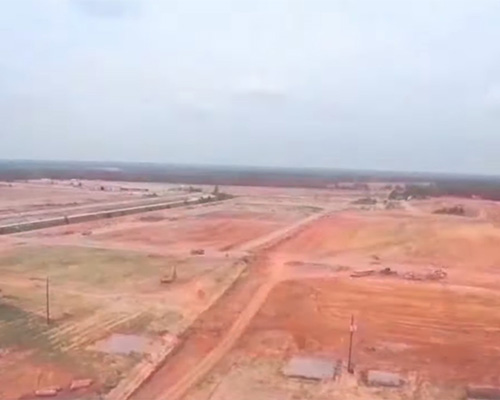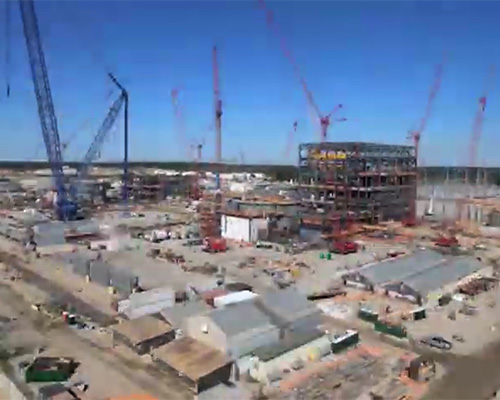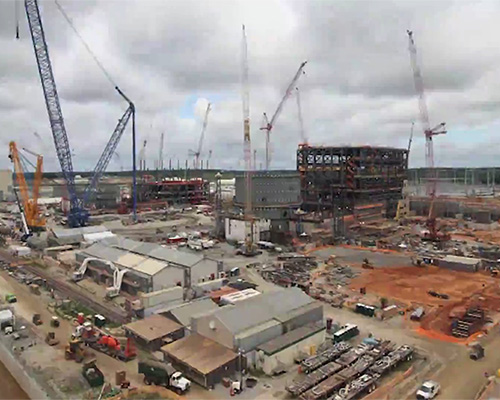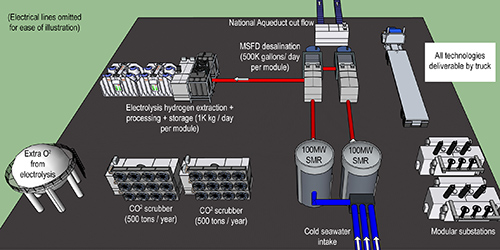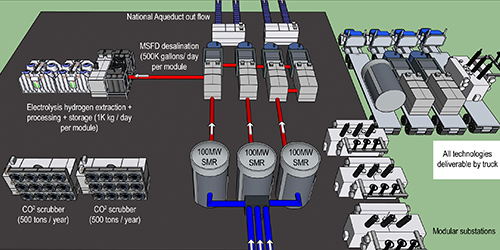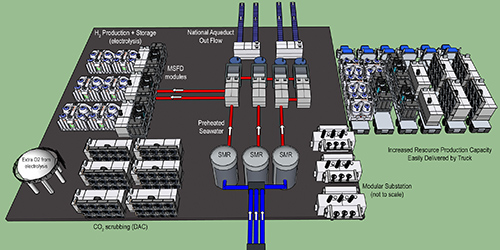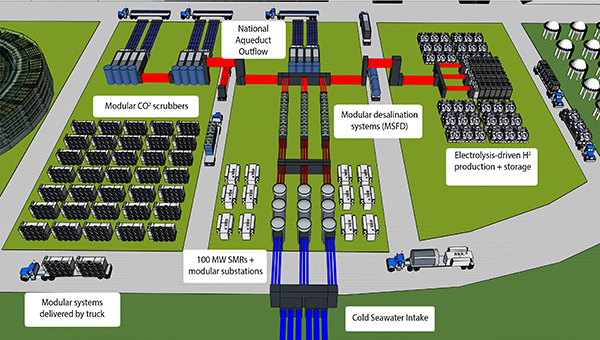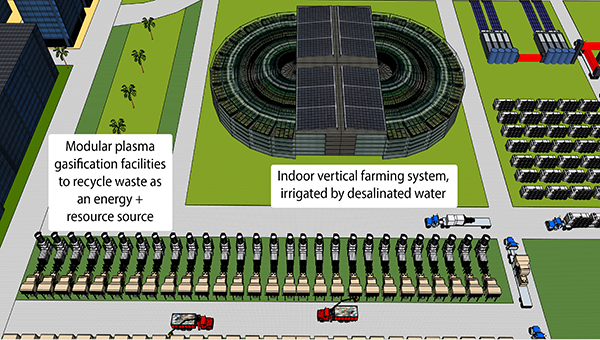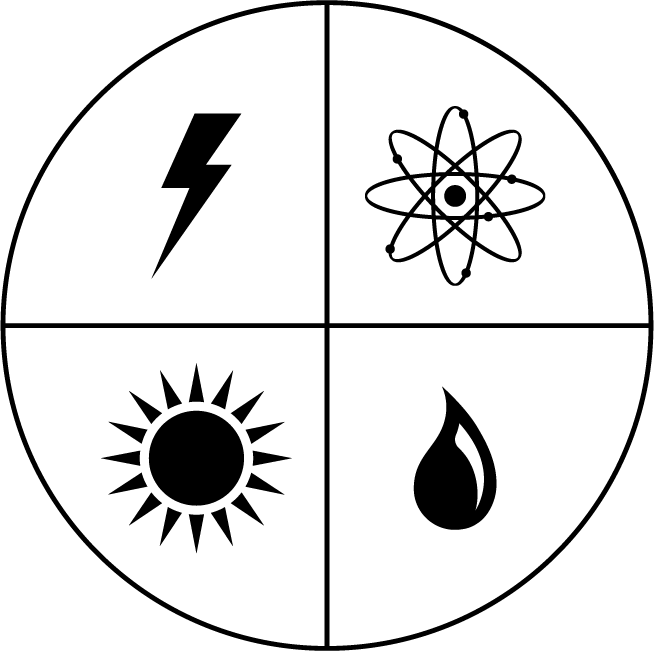Of the grand struggles humanity has faced past or present, their aggregate sum is divisible by resource scarcity as a singular factor.
Scarcity Zero is a project of the Next Giant Leap Foundation that is dedicated to solving this malady of resource scarcity, along with the environmental damage, climate change and social strife it causes. We intend to accomplish this goal by developing and promoting open-source frameworks, systems and solutions that can both generate energy and produce resources on a massive scale - cleanly, sustainably and inexpensively.
This mission is made possible not by triumphs of ideology, but rather of technology that when combined with strategic system design can upgrade the foundations of our social infrastructure.
In fact, the tools that make this possible already exist today.
Our ascent to the information age has enabled breakthroughs from smartphones to supercomputers - but it’s also drastically increased our capabilities to mass-manufacture highly sophisticated systems at ever-lower costs. Today, we can build a car in less than 24 hours, or a jetliner in as many days - each as iterations of identical product models.
This capability reflects a degree of performance, operational precision, processing power and communication capacity that would have been unthinkable for the past 99.99% of human history. Yet while these newfound capabilities have revolutionized our world in ways large and small, they have had only minimal impact on our approach to generating energy and producing resources.
Our national electric grid is powered today by more than 8,000 individual power plants that were designed as unique systems. They maintain little cooperation in function and reflect even less modularity, standardization or scalability in design. This is a stark departure from most machines that are mass-manufactured identically with standardized, interchangeable components. Instead, our 8,000 power plants were designed 8,000 different ways and built with 8,000 different combinations of materials – largely by hand - over a period of years if not decades.
We see things through a different lens. We envision power generation as a cooperative, open-source ecosystem on a nationwide and even global scale, with each element mass-manufactured under a combined mindset of modularity, standardization, scalability and interoperability. This means that energy technologies are designed to interconnect and work together as a team - leveraging the waste energy of one system to power the functions of others. It also means power and resource infrastructure is designed from the ground-up to deploy and scale rapidly.
From there, we can clean our environment, scrub greenhouse gasses from our atmosphere, and expand the scale and sophistication of what we can build and how we live, raising the floor for all of humanity to a subsequently higher tier.
We believe in a world where a power and resource systems can be manufactured like toasters, installed like a lightbulbs and swapped like a batteries.
Not over years, or decades. Over days - if not hours
We invite you to review our frameworks, read our whitepaper or donate to our organization to help us achieve our goals. As a 501(c)(3) nonprofit, everything we do is open-source, meaning it is free to read, use, cite or broadcast. If there’s anything else you’d like to know, please get in touch.
